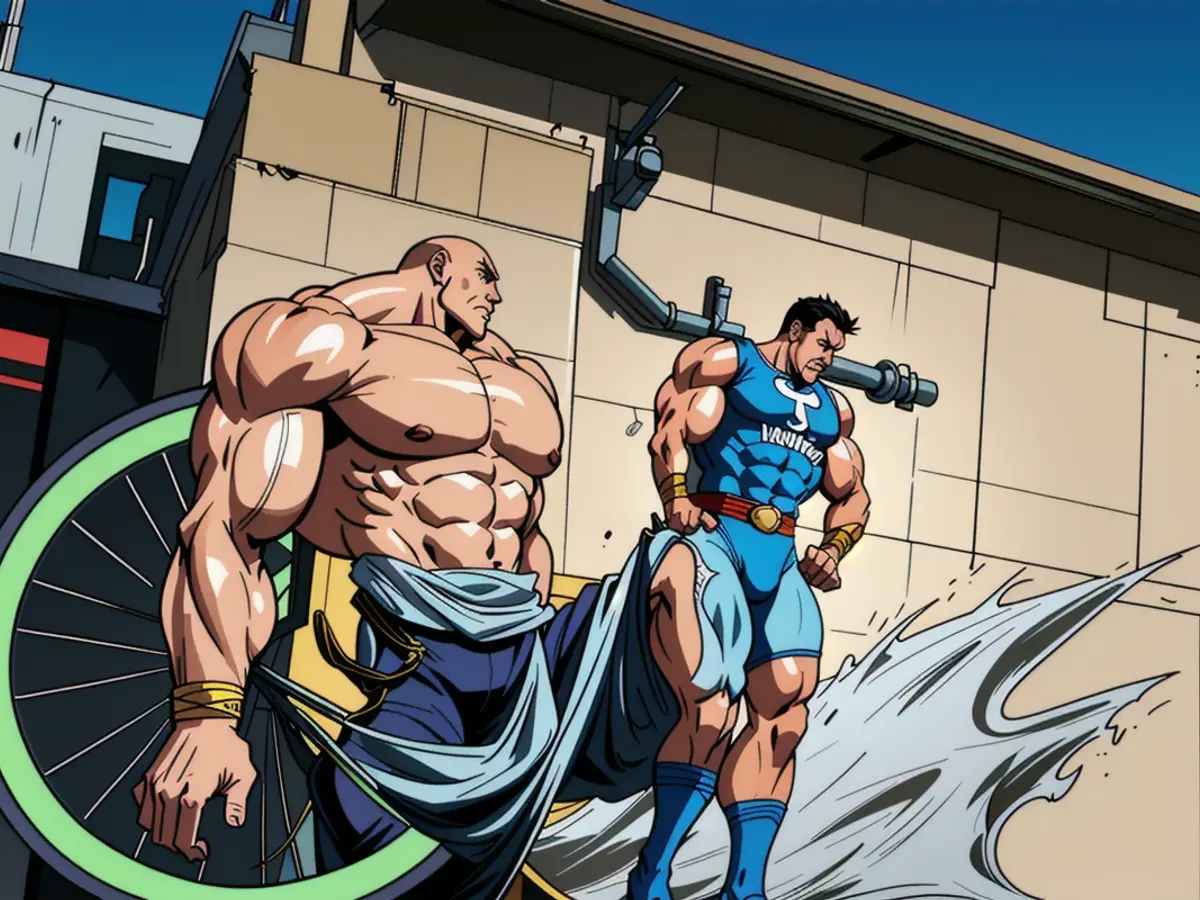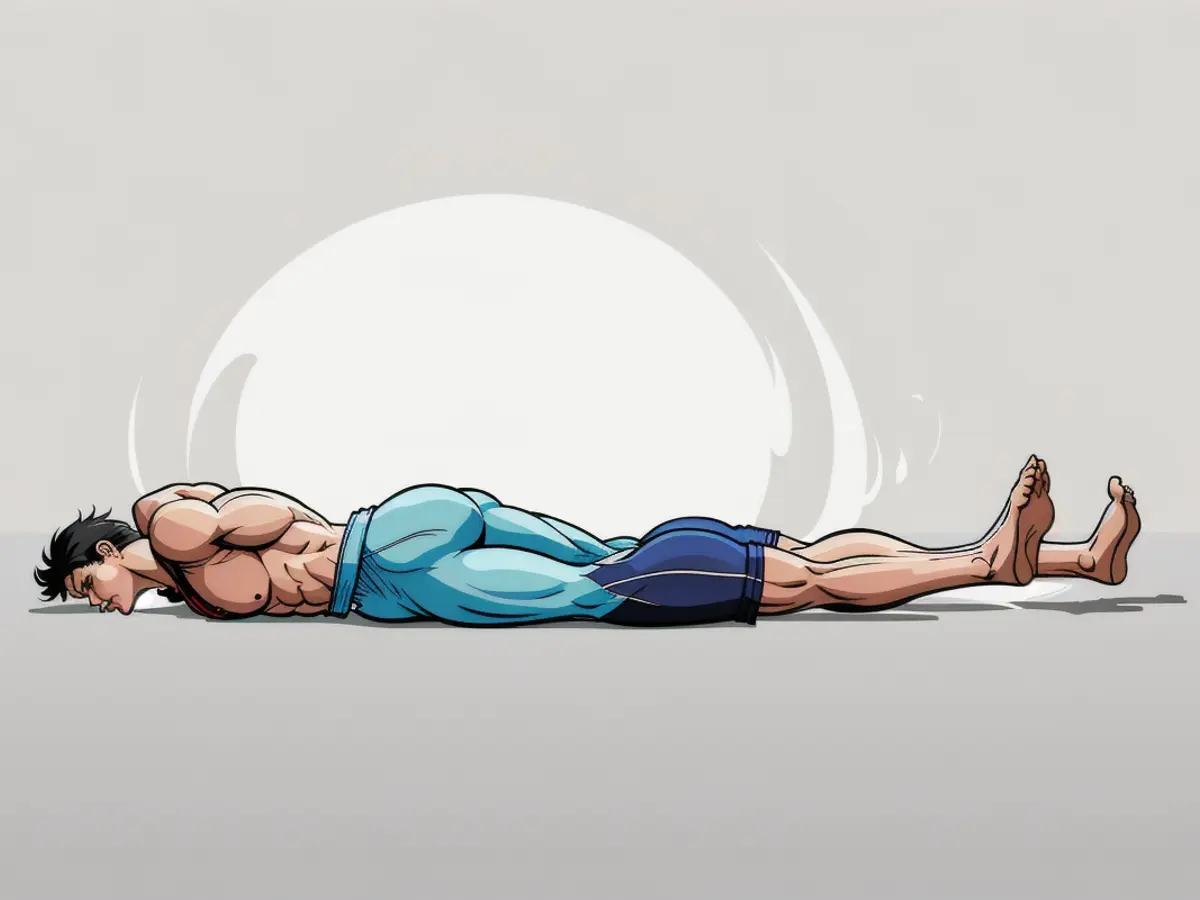Title: Mastering Basics: Common Bike Repairs for Amateurs
Thrilled to revel in the crisp autumn breeze with a cycling adventure? It's crucial to ensure your trusty two-wheeled companion is in tip-top shape before you hit the roads. Consistent maintenance checks keep your bicycle safe, balanced, and devoid of any unwanted hiccups. Why fork out money and time at a repair shop, when you can decide on the destinations yourself? Here's a rundown of the top five must-know bicycle maintenance skills for every cyclist, from the training-wheel maestro to the Tour de France titan.
Gear Up and Roll
First things first, every cyclist should carry a compact toolkit to deal with potential mid-ride mishaps. Pack essentials like a tire pump with an integrated pressure gauge, various wrenches, tire levers, spare inner tubes, a patch kit, a chain tool, and extra chain links. And yes, rejoice – miniature versions are available to keep your load light!
If misfortune strikes (let's be honest, it likely will), always opt for cleaning first. Attempting to tighten dirty or wet bolts is a path to frustration – so, ensure your frame is spotless and gleaming before you delve into the nuts and bolts. For beginners, fixing your bike at home (or on the road) might feel daunting. Fear not – we've got you covered with Greatist's guide to the top five common bike repairs.
Fix a Flat
Tires going kaput? Begin by checking the tire pressure instead of searching for holes. Look for the intended air pressure range, which is usually labeled on the smooth side of the tire, and aim for the perfect balance using a bike pump with a built-in pressure gauge. Swerve away from gas station air pumps, as their raw power can blow out smaller bicycle wheels.
When the tires sag instantly, it's puncture time. So, always carry a spare inner tube. Here are steps for successful tire rejuvenation:
- Using the bike wheel quick-release, effortlessly detach the wheel and let out any air.
- Tug the tire off its wheel rim with tire levers or nimble fingers.
- Replace the inner tube, mindful to lift it over the valve.
- Upside-down the newly-inflated inner tube and slide it into the outer tire.
- Use thumbs to push the tire edge back into the rim, followed by re-inflation to the correct pressure.
- Squeeze the quick-release valve, and prepare to roll!
Bonus Tip: In case you've run out of inner tubes and patches, you can attempt a "boot job". Wrap a heavy-duty plastic bag around the puncture and tightly secure it with duct tape.
Savings Triumph: Up to $15. Inner tubes cost around $10, while a patch kit will set you back an additional $5. Mechanics charge for materials and labor, totaling around $20.
Combat Chain Droppage
A fallen chain can transform a pleasant ride into a turmoil. But trust us, popping it back into place is straightforward! Follow these commands:
- Place the chain back in the lower groove on the rear cog.
- Drape the chain over the teeth on top of the front chainring.
- Slowly rotate the pedal forward, pulling the chain around the entire chainring and back to the cogset.
If the chain persists in falling off, it's probably too lengthy for your bike frame. Check out these guidelines for chain adjustment:
- Shed excess chain links using a chain tool.
- Remove damaged links.
- Reattach new links using a chain tool.
- Ensure the chain features one male and one female end for seamless reconnection.
- Thread the chain over the crankset and through the derailleur.
- Insert the chain pin back into both components, followed by hand-loosening the new connection.
Cost Savings: Up to $40. A basic chain tool costs around $15, or upwards of $100 for pricier models. Mechanics usually charge a separate fee for replaced chains along with labor costs.
Lock in Loose Bolts
Bike frames rely on nuts and bolts to stay intact. Regularly inspect and tighten hardware to ensure your handlebars, stem, and seatpost are intact – overtightening can harm components, requiring expensive repairs. Invest in a torque wrench to bring precision to your tune-ups. These tools analyze force measurement and ensure a secure grip, making overtightening a thing of the past.
Money Saving Opportunity: At least $10. A basic Torque wrench costs around $30, while it costs approximately $20 to replace damaged nuts and rounded bolts.
Loosen a Stubborn Seat
Nothing's more frustrating than a stuck bicycle seat. Time to get creative! First, soak the troublesome area with WD-40 and leave it overnight to penetrate. Tackle the issue using pliers and raw force to dismantle those pesky components. To avoid the issue altogether, keep the post and tube clean and well-greased. Better yet – maintain an accurate measurement of the suitable height with electrical tape.
Savings Boost: $15. A set of pliers, WD-40, and an electrical tape all cost less than $10.
Wrap Prickly Handlebars
Road bikes undergo seasonal degradation, turning handlebars grimy, smelly, and worn out. Giving them a fresh sheath can greatly enhance your cycling experience. Begin by peeling off that unsightly old tape and proceed with these steps:
- Apply fresh grip tape.
- Tackle brake levers by safely securing two extra strips – no gap between the brake apparatus and the handlebar remains.
- Wrap from the bottom of the dropped end of the handlebar, then proceed clockwise, ensuring overlap.
- Carefully seal the plastic brake lever covers and avoid gaps; no bare bike components make an appearance.
- Cut off the tape once one side is covered – adhere a single wrap of electrical tape for added security.
Economical Benefits: $5 - $10. Mechanics tend to charge somewhere around $20 for the service.
In rare circumstances, you may find yourself struggling to solve these common problems – and that's okay! Seek professional advice from a trustworthy bicycle shop, equipped with the appropriate equipment and skilled mechanics. Happy cycling!
After packing your compact toolkit with essentials, remember to clean your bike thoroughly before tackling any repairs. Regular cleaning helps prevent frustration and ensures easier handling of dirty or wet bolts. Engaging in weight management through cycling requires maintaining your bicycle's health to enhance your fitness journey. Consistently practicing bicycle maintenance skills such as fixing a flat tire or combating chain droppage can significantly reduce the need for costly repairs, saving you around $55.








